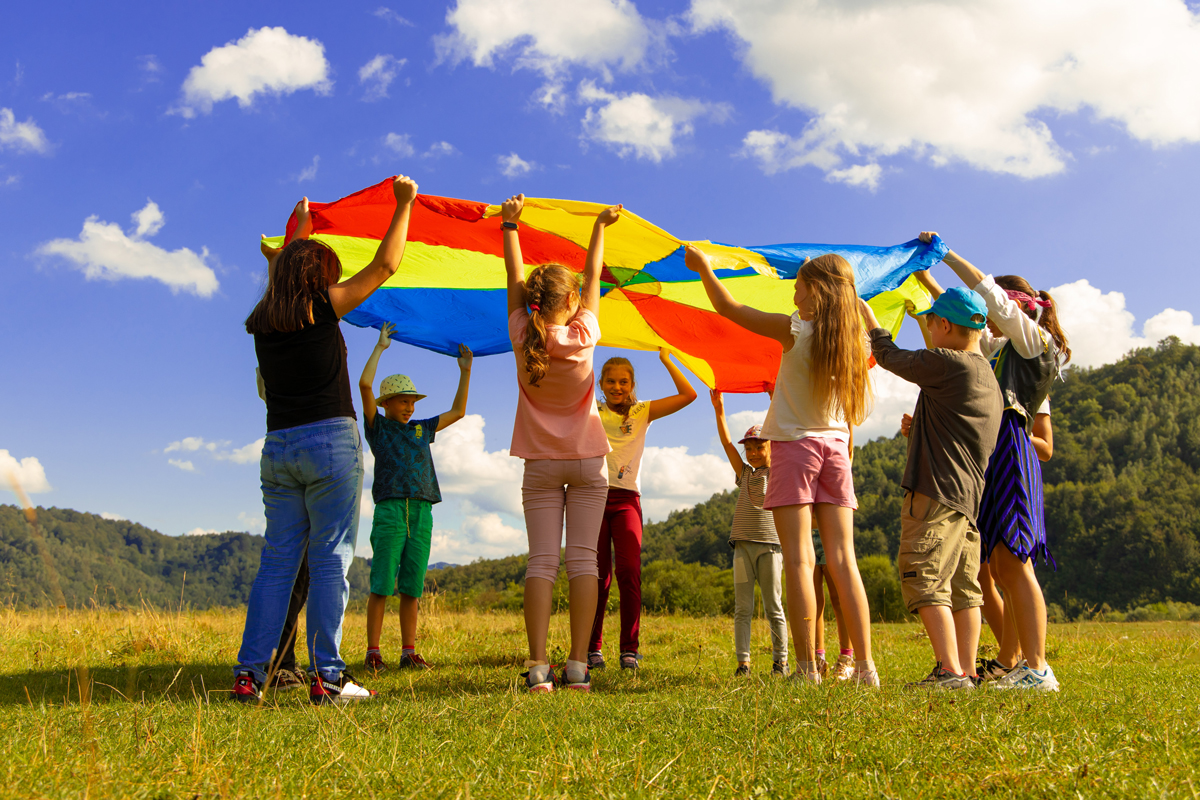 |
More time spent outside reduces a child’s risk of developing myopia. Photo: Artem Kniaz on Unsplash. |
It’s now commonly accepted that children who spend less time outdoors, on average, develop myopia at higher rates. A recent study conducted in Buenos Aires validated this principle in a different way. Researchers there recently found that the city’s low prevalence of the condition can in part be attributed to increased outdoor time, with children spending almost four hours per day outside, twice the recommended duration for myopia prevention.
A total of 115 children (56.5% female; average age: 10.48 years old) were interviewed in a clinical private practice setting and autorefracted under cycloplegia. Their parents filled out a questionnaire on schooling, tutorial classes, outdoor exposure, reading habits and cellphone use, both on weekdays and weekends.
In Argentina, the researchers explained, education occurs mainly through public school (80% of the country), and those programs use a four-hour school day. The remaining 20% of students undergo private school education of seven to eight hours per day.
Children in the study had eight hours of schooling per day in 62.6% of cases, and only 14.8% had tutorial classes after school. The sample included 38.3% myopes (<-0.50D) and 24.3% hyperopes (>+2.00D); the rest were emmetropes. The mean time that these children spent outdoors per day was 3.94 hours (27.60 hours per week). The total mean time spent reading and writing per day was 1.50 hours. Participants reported using their cellphones and tablets for 2.43 hours per day.
“The present study shows that children in the suburban area of Buenos Aires spend a comparatively higher average number of hours per week outdoors,” the researchers concluded in their paper. “It could be argued that the low prevalence [of myopia] preliminarily found in this country could be related to high outdoor exposure; however, more studies are warranted.”
Given that this study sample skewed more toward private school children, “the results could even be higher in outdoor exposure for our country” in a future study using a more population-based sample., they noted.
Fernández Irigaray L, Balsa A, Armesto A, et al. Outdoor exposure in children from Buenos Aires Province, Argentina. Arch Soc Esp Oftalmol (Engl Ed). 2022;97(7):396-401. |

